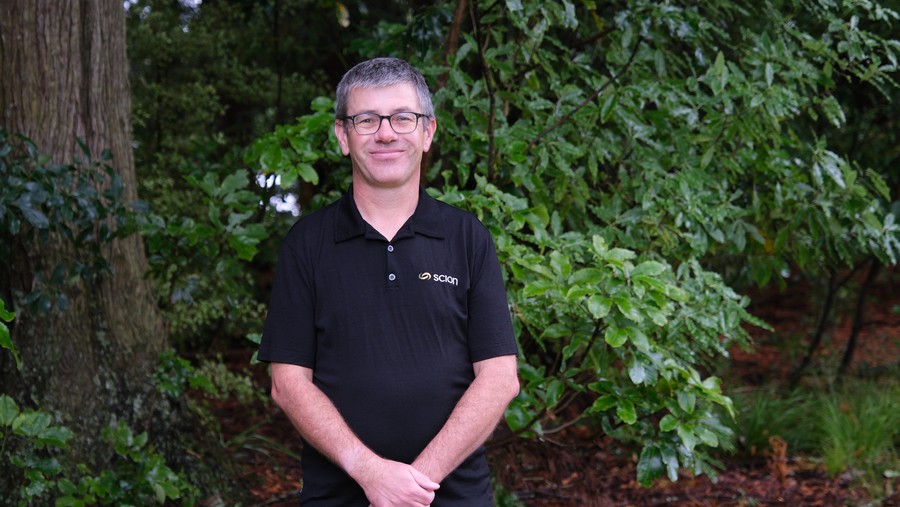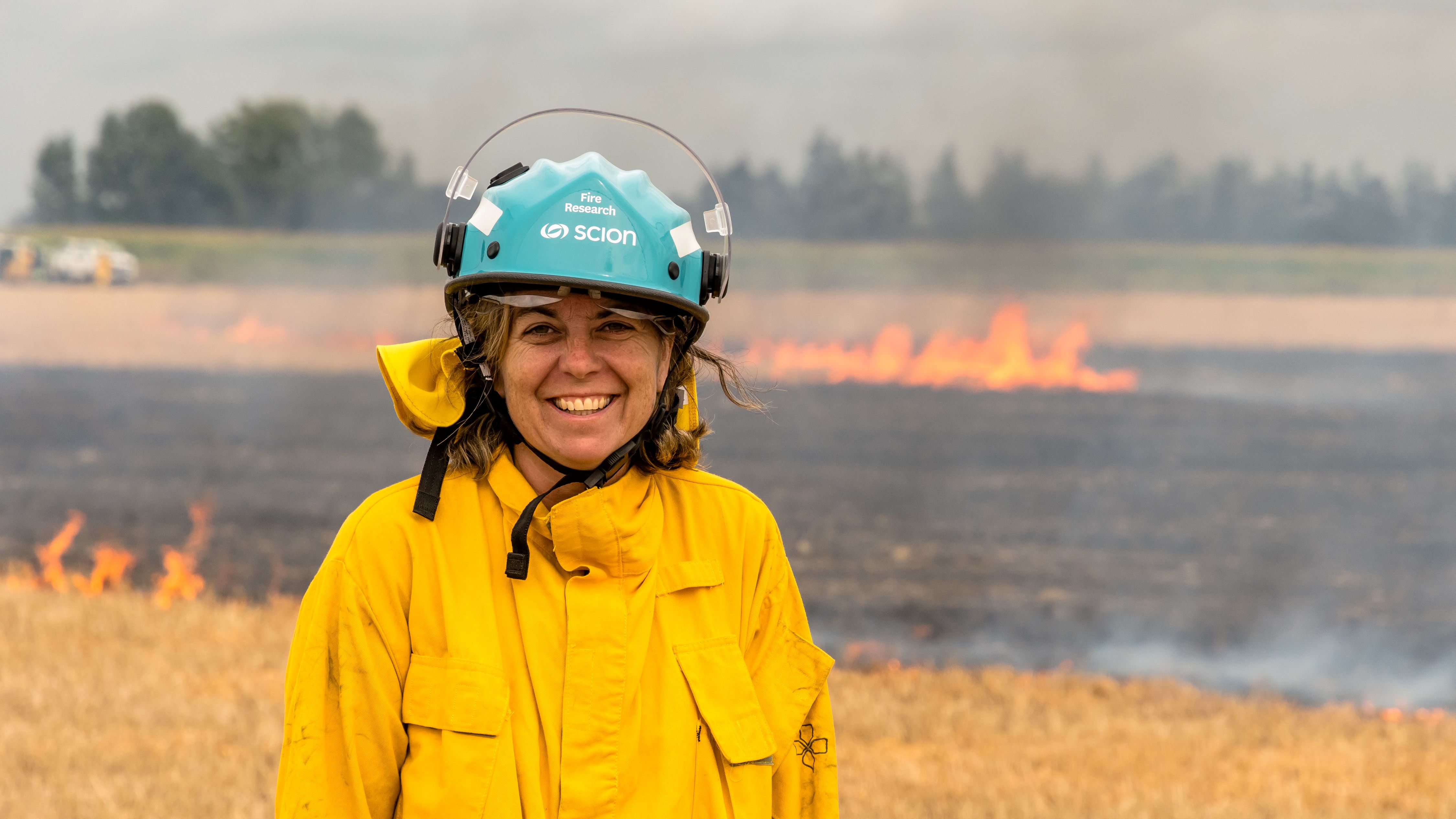Scion funding for NASA water, wildfire research collaboration
24 June 2025
Two Scion programmes have received a second round of government funding for collaborative research with the National Aeronautics and Space Administration (NASA) - aimed at increasing water flow and wildfire knowledge and preparedness in New Zealand.
The $2.35 million from the government’s Catalyst fund will enable Scion to undertake three-year research programmes into observing water flows through forests and investigating wildfire and drought risks. Both programmes are based on feasibility studies completed thanks to the first stage of Catalyst funding.
The water flows research builds on results from Scion’s MBIE-funded Forest Flows programme, which researched forest hydrology in study sites around New Zealand, including an 1800ha catchment in Northland’s Te Hiku Forest. The new programme, a collaboration with NASA’s Jet Propulsion Laboratory and the University of Massachusetts at Amherst, will focus on the Aupōuri Peninsula’s Te Hiku region (Northland).

It will use data from multiple NASA satellite missions to generate a new way to accurately measure water use for different land uses and how it varies across the region. The programme will also monitor how water moves across the region above and below ground.
Scion research lead Dean Meason says this research could provide new insights for freshwater management at scales previously not thought possible. “This gives us the opportunity to address concerns about water use and availability and increase understanding of water use and water flow throughout Te Hiku.”
The wildfire and drought risk study aims to build a publicly accessible near-real-time fuel moisture and fuel type system. Programme lead and Scion fire ecologist Shana Gross says accurate data on the moisture content within living vegetation can provide information on how fire could spread through vegetation and identify areas where insects and disease pose a risk to drought-stressed vegetation.
“This can lead to more accurate wildfire predictions improving warning systems and reducing economic and environmental loss due to wildfire and drought.”
Scion is partnering with NASA’s Ames Research Center, the Australian National University, the US Forest Service, Fire and Emergency NZ and the University of Canterbury on this programme.

Both research programmes will now collect field and remotely sensed data to build models for development of the near-real-time systems.
The partnership with NASA on both programmes gives Scion’s teams access to state-of-the art technology and expertise to develop their research and build partnerships with a world leader in space research and help with solutions to climate change driven challenges.
